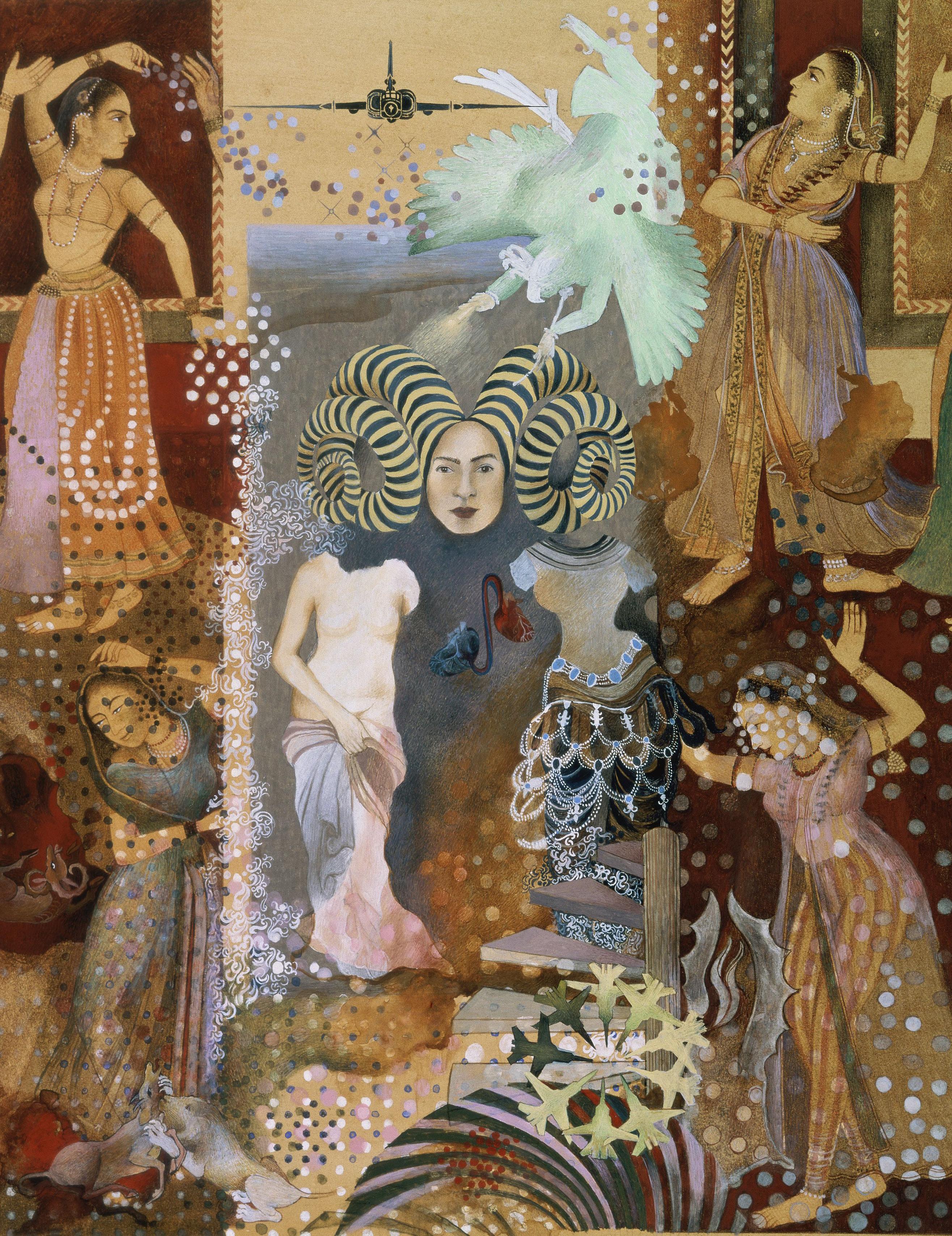
4 minute read
Just the Way She Moves
from SEEMA Magazine
by SEEMA
FROM A SMALL TOWN TO THE INTERNATIONAL STAGE, MEENAL SAJWAN DESCRIBES HOW KATHAK DANCE HELPED HER FIND HER FEET
ALPANA VARMA
Last July Meenal Sajwan completed a four-and-a-half year stay in Mexico. She was on assignment by the Indian Council for Cultural Affairs to teach Kathak dance at the Indian Culture Center in Mexico City, and to perform at cultural events the Indian embassy orga-nized throughout that country.
For Sajwan, that was the culmination of a journey lined with hurdles and huge demands for courage. But all the forces in the universe conspire with those with determination.
Growing up in the small town of Haldwani, at the foothills of the Himalayas, Sajwan’s family was quite orthodox. Girls like her were brought up to follow the rules, with little say in their own lives. Sajwan says she had no exposure to Kathak in her childhood. In fact, there was so little awareness of any of the classical performing arts that her town did not even have an auditorium. She would watch Bollywood movies and imitate what she saw with her friends. She also got to dance at weddings in the neighborhood. But, sometimes, in the movies, she also got a glimpse of classical
dance, by Hema Malini or Sridevi. That piqued her curiosity.
When Sajwan graduated from college, in the time she was expected to take up a job in preparation for a traditional marriage, she happened upon a dance teacher and began taking lessons without informing her family. The dance classes changed her life. Sajwan told her teacher, she would like to pursue Kathak professionally. Her teacher told her she would have to audition at the Kathak Kendra in Delhi if she hoped to gain admission.
All hell broke lose at home when she told the family of her plans. Finally, after Sajwan went on a hunger strike, her parents relented. She received permission to go to Kathak Kendra for a year, relying on a limited financial support of Rs 1,500 per month. This was 18 years ago. The metropolis that is Delhi intimidated her, and the wide streets were too daunting to cross, but she found a home in the Kathak Ken-dra hostel, and she put in her 10-12 hours of daily practice. She considered herself fortunate to have trained under Guru Kishan Maharaj, son of the legendary Birju Maharaj of the Lucknow gharana. By now, dance had acquired spiritual meaning.
It is a ‘puja’ (ritual), a ‘sadhna’ (discipline) a devotion and a disciplined and methodical pursuit to attain something,” she says. At the end of her first year at dance school, Sajwan’s hard work bore fruit: she received a scholarship for the rest of her six-year training at Kathak Kendra. She had barely begun her second year of training when her parents began arranging her marriage. She imposed the condition that she would only marry someone who would support her devotion to dance. Soon she met Ganesh, a software engineer working in Gurgaon. The caste was right and Ganesh was pleased to meet someone who had dreams of her own. He pledged his support. Things fell into place and the wedding was solemnized before Sajwan’s 23rd birthday. By the time Sajwan completed her remaining four years of training and received her diploma, she had a baby, too.

She set up Satrang Kala Foundation, a dance academy in which she taught Kathak, but had other teachers for Bharatanatyam, Ku-chipudi and Odissi. She says she was not daunted by the challenges of managing a staff, students, keeping the parents of her pupils happy, and the administrative and creative work involved, all while also taking care of an infant. In fact, her supportive husband egged her to do more.
She applied, auditioned and was accepted for a for an Indian Council for Cultural Affairs position to go abroad. But it was 10 months before she learned she would be sent to Mexico. The news was met with alarm and distress in her family.
It was admittedly with some trepidation that she set foot on Mexican soil, along with her daughter and husband to help her settle down. Everyone she met in Mexico had a lofty image that India was the land of spirituality. Sajwan concluded that she had to go out of India to connect deeply with her own roots. The love of her students and the applause of the audiences stirred her soul. Despite not knowing Spanish, she felt she could connect with people who understood everything she had to convey. This is what art does, she says: it builds bridges. Sajwan credits the then ambassador of India, Muktesh Pardeshi, for striving tirelessly to promote Indian culture in Mexico. His efforts led to India being designated the guest country for major cultural events such as the Cervantino Festival in Guanajuato, the Book Festival in Guadalajara and the NAO festival in Acapulco. “His tenure saw the golden period of India culture in Mexico – and of Indo-Mexican friendship,” Sajwan says. There were numerous occasions, such as the Festival of Friends (where all countries would showcase their food and culture in the heart of Mexico City every year), events at international schools or joining in local folk dances derived from the Spanish flamenco.
Sajwan says she takes pride in representing her country and teaching its art form to foreigners. As she puts it, all Indians need to be made aware of the richness of their culture – and the depth of their roots.










